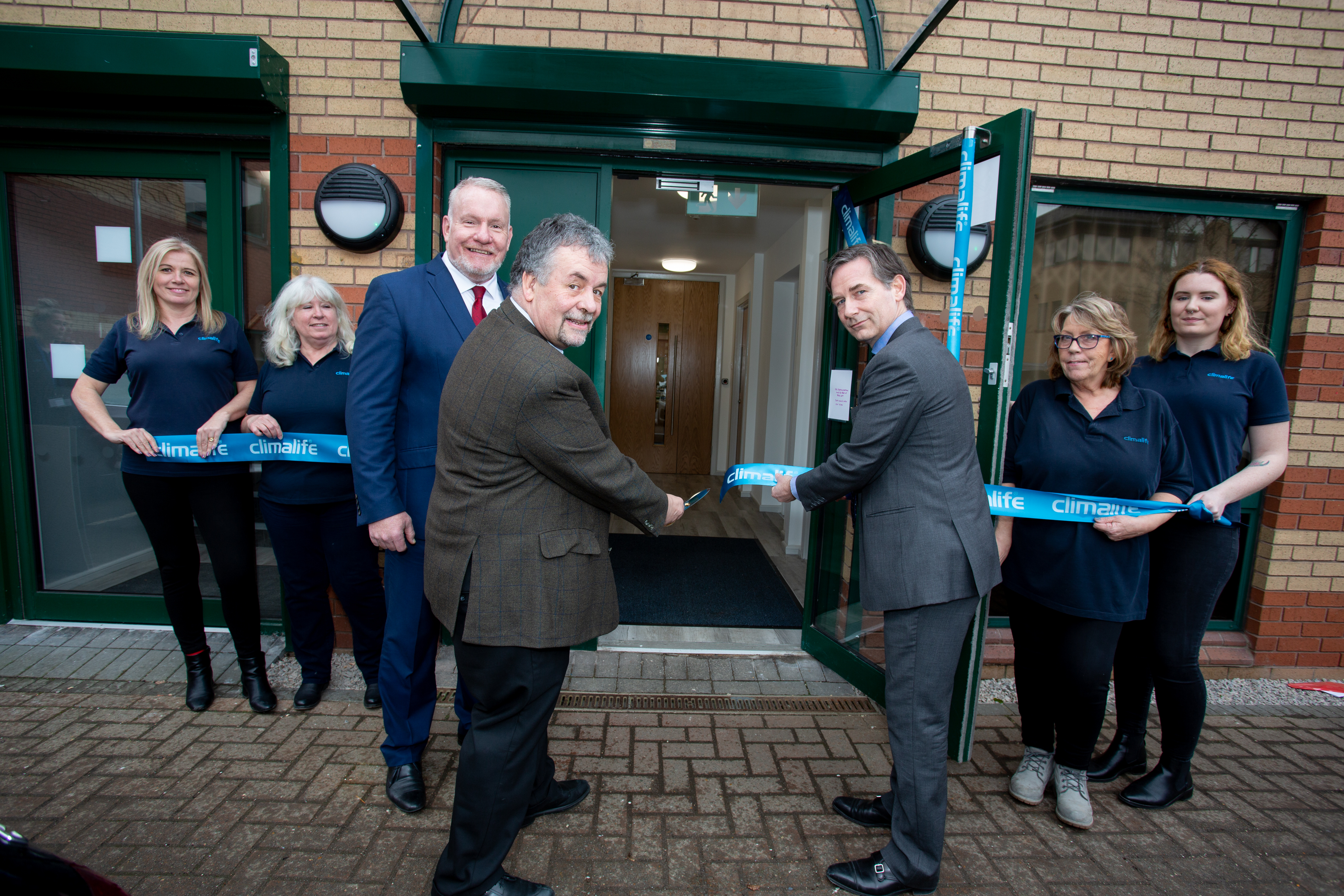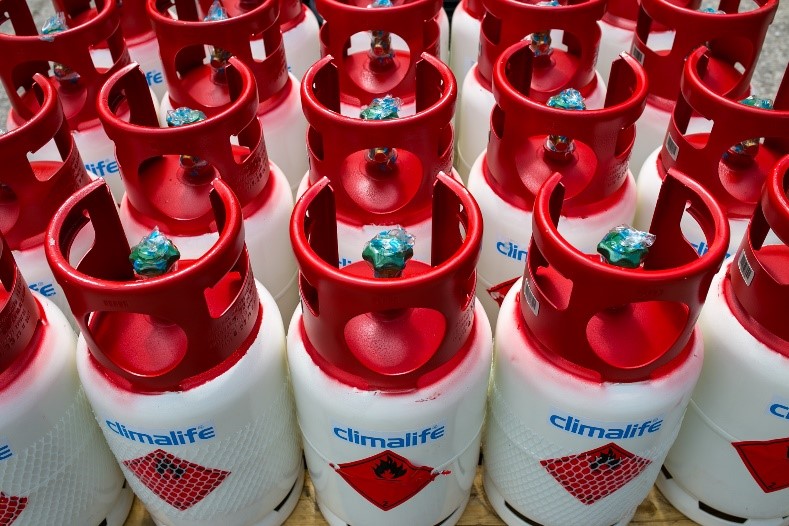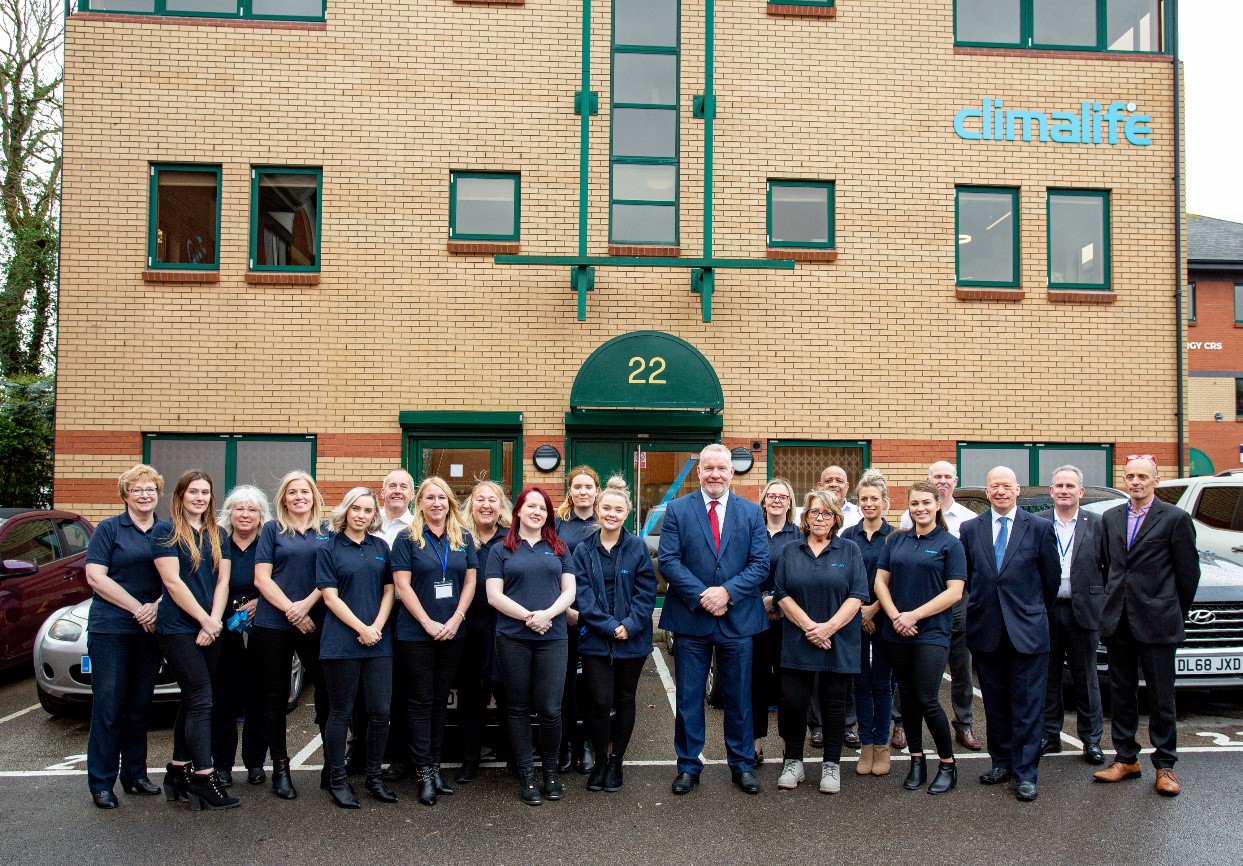6 Months in the Refrigeration Industry
Climalife UK
 Fluorochemicals…HFC’s, HFO’s, GWP, A2L … were all terms that were brand new to me 6 months ago when I started my journey into the world of refrigeration. Now, 6 months on, I have begun to gain an insight into the industry and how vital it is to the function and sustainability of the modern world we live in.
Fluorochemicals…HFC’s, HFO’s, GWP, A2L … were all terms that were brand new to me 6 months ago when I started my journey into the world of refrigeration. Now, 6 months on, I have begun to gain an insight into the industry and how vital it is to the function and sustainability of the modern world we live in.
If you had asked me a year ago what the refrigeration industry was all about, I most likely would have said refrigerating food and keeping it fresh; but in reality, there is so much more to it than that. Refrigeration is all around us and can be found in aspects of everyday life from supporting transport networks, allowing scientific and medicinal developments, data centre cooling to the whole manufacturing cycle of a wide range of products, from initial production to operating retail outlets.
It is not until you step into the industry that you develop a real appreciation for how important it is. There are so many areas within the industry that go hidden behind closed doors, but without them, we would not lead the modern lives we do today.
Understanding the History of Refrigeration
For me, an important step in learning about the industry and the current market, was to firstly understand the history of refrigeration and how it has changed over the years. There have been so many changes in the industry, mainly due to the introduction of F-Gas and other regulations, that have caused the landscape of refrigerant options to change in order to adapt and move in line with these regulations and a change in environmental awareness.
The journey of refrigerant gasses starts at the initial CFC’s that were used to replace hazardous refrigerants in the 1920’s. However, by the 1970’s, scientists discovered that these refrigerants weren’t as harmless as they originally thought, and they did in fact cause ozone depletion. This prompted a ban in the manufacturing of CFC’s across the world.
Then began the introduction of HFC’s and HCFC’s which could serve the same purpose as the CFC’s, but without causing the same damage to the Earth’s ozone. However, as these refrigerants were developed prior to the full understating of the impact fluorine has, they are now regulated by evaluating their Global Warming Potential (GWP).
We are now at a stage where HFC’s are slowly being replaced dependant on their GWP value in line with F-Gas regulation. The most significant step in this has been the ban of HFC’s with >2500 GWP in refrigeration systems, with the use of R404A being largely affected by this.
Now, there are a 4th generation of refrigerants to take their place – HFO’s. These will be an alternative with low GWP values to ensure they continue to reduce the environmental impact while offering a good level of energy efficiency. A2L’s, low GWP and mildly flammable refrigerants, are paving the way as the future heating and cooling solutions.
 One of the other things that has been interesting to learn about is the history of the Dehon Group, who are the Climalife parent company and have been serving the industry since 1874. The group have continually developed and bought new solutions to the market, which can be highlighted by the fact they they were the first company back in the 1930’s to import and distribute in Europe the new Dupont chemical synthesised refrigerant, which has been developed in the USA. Today, the Dehon Group is now one of the largest packers and fillers in Europe and continues to be at the forefront of bringing new products and solutions to the market.
One of the other things that has been interesting to learn about is the history of the Dehon Group, who are the Climalife parent company and have been serving the industry since 1874. The group have continually developed and bought new solutions to the market, which can be highlighted by the fact they they were the first company back in the 1930’s to import and distribute in Europe the new Dupont chemical synthesised refrigerant, which has been developed in the USA. Today, the Dehon Group is now one of the largest packers and fillers in Europe and continues to be at the forefront of bringing new products and solutions to the market.
A2L’s and Energy Efficiency
Getting to grips with A2L’s and the role that they have to play, has  been a crucial step for me in understanding what the future of the cooling & heating industry looks like. Understandably, the word ‘flammable’ is bound to create some level of unease for some people, but it is important is to look beyond this and really evaluate what it means in practical terms. In official definition, refrigerants with the A2L classification will normally have a burning velocity below 10cm/sec which in real terms means that you should be able to comfortably walk away from the area of ignition without risk of harm.
been a crucial step for me in understanding what the future of the cooling & heating industry looks like. Understandably, the word ‘flammable’ is bound to create some level of unease for some people, but it is important is to look beyond this and really evaluate what it means in practical terms. In official definition, refrigerants with the A2L classification will normally have a burning velocity below 10cm/sec which in real terms means that you should be able to comfortably walk away from the area of ignition without risk of harm.
The words “energy efficiency” are something I come across most days, and it is a term I find myself using more and more now I am beginning to understand its relevance to the industry. Energy efficiency is an absolute key driver for change not only in the refrigeration industry; but in businesses as a whole. All businesses have a huge responsibility to uphold social responsibility policies and to find ways to improve their eco and energy efficiency.
For the refrigeration industry, there is a big emphasis on making sure systems are energy efficient so that they have a reduced environmental impact. This can bring benefits to both businesses and the environment, as having energy efficient systems can create a low lifetime cost in terms of the financial cost and the environmental cost. By making systems as energy efficient as possible, it will aid lowering emissions from the refrigeration process.
This is where A2L’s come in. They provide a viable solution to eco and energy efficiency, as these refrigerants not only have very low GWP making them more environmentally friendly, they are also built to work in new equipment that has been designed with energy efficiency in mind.
I can start to see why businesses should be looking at and making plans now to adopt these A2L refrigerants because they have been created for a reason – the impact of climate change isn’t going to disappear overnight and as an industry, we have a responsibility to ensure people are equipped and educated to successfully make this change.
The Future Role of the Industry
One thing I have very quickly understood, is that most of those in the industry are extremely committed to making vast improvements to ensure the continued sustainability of the industry. It is great to see the steps being made in the industry in addition to refrigerant choice, the bigger picture that is considered around energy efficiency and sustainability is bound to play a big part in helping to tackle climate change…something that I am very keen now to be a part of.
Having taken my first steps into the refrigeration industry, I have learnt a lot of new and different things that have given me a new perspective on the world we live in and how we support eco efficiency and climate change, and I can appreciate now the value of the industry and also how much more there is to it than first meets the eye.
I hope now to continue my journey by expanding my knowledge within the industry and I will be doing my best to play my part in supporting the future proofing of this vital industry that shapes our everyday lives.

